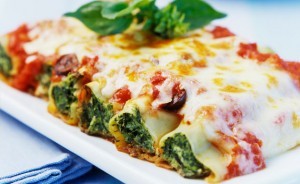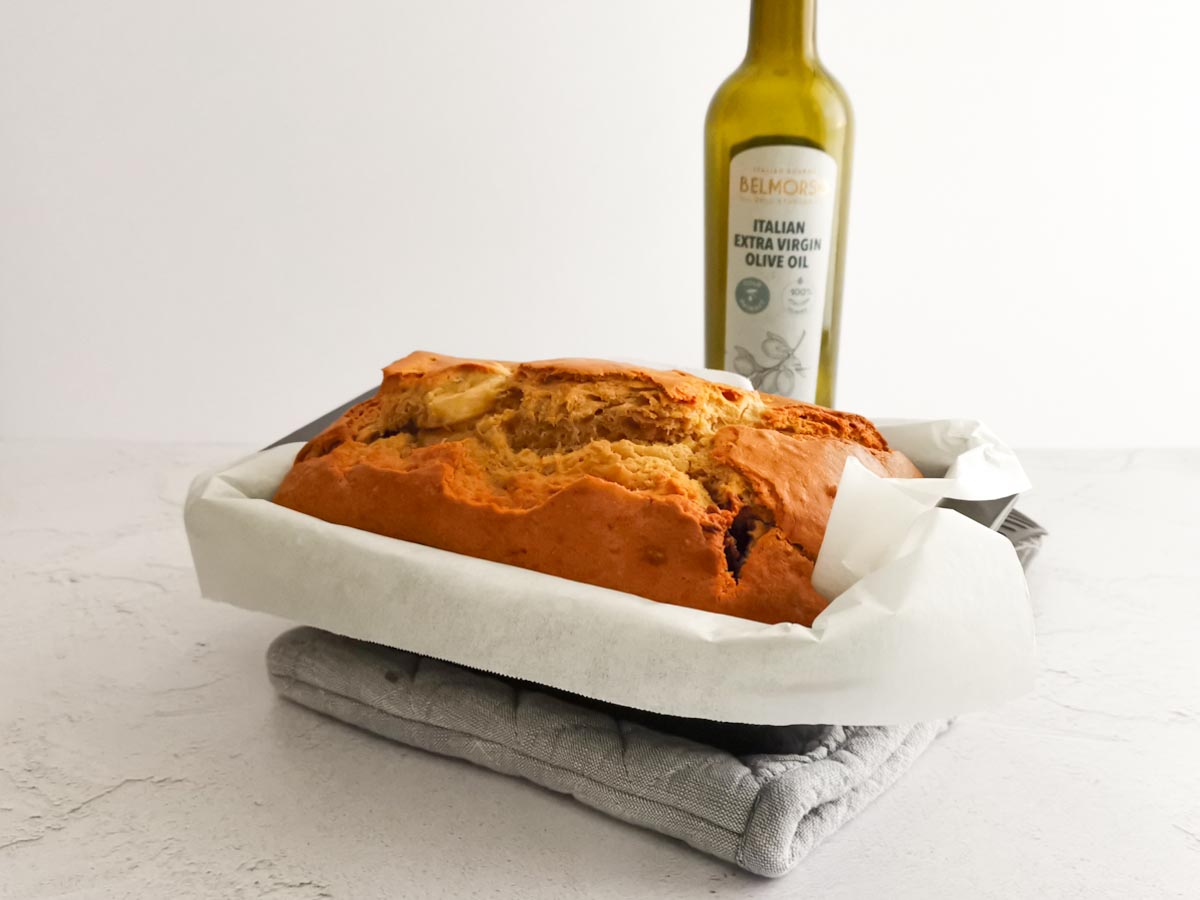
The Pasta Teller: Chapter 9 – Cannelloni
Cannelloni is a typical pasta shape in Italy, mostly from Emilia Romagna, a Northern Italian Region; and in Campania, a southern one. Nowadays, cannelloni is one of the most famous “Italian pasta dishes” both in the whole of Italy and in the world in general, even if they only appeared for the first time in 1918.
Its origin is mysterious. It is believed that they derived from the home-made gnocchi. In fact, at that time, an alternative way of cooking gnocchi involved the dough to be made out, filled with several ingredients, such as meat, cheese, and vegetables, and finally rolled in a cylinder-shape. Obviously, the result was a very heavy meal.
Other ancestors of Cannelloni were the paccheri, believed to be from the 19th century. This is stuffed with a thick and rich truffle filling and then cooked with bolognese sauce. Lastly, in some Italian areas, it is filled and rolled crèpes that were cooked in a pan or in the oven, achieving a similar result as cannelloni.
Obviously, the real Cannelloni is something completely different. It is made just with durum wheat, water, and salt, and it has a typical cylinder shape, which shows precise dimensions. The perfect cannelloni should be 10-12cm long, 8-9cm large and 0,9-1mm thick. The hole should have a diameter of 2cm. The name comes from the shape, the Italian word “Canna” meaning “Pipe”.
To obtain the typical version, the dough sheets should be hand-made. In the past, the women used to do this work, where the so-called “Sfogline”, coming from the word “Sfoglia” meant “Pasta sheet”.
Cannelloni is prepared in a large tin, arranged next to each other.
It can be dressed and filled with whatever you prefer. The most common sauces are the bolognese, basil tomato sauce, and white sauce. It is really versatile, and can suit vegetables, meat, cheese, and even fish perfectly…. any way you want it, it will be delicious and will be appreciated by your family, friends, and guests!







